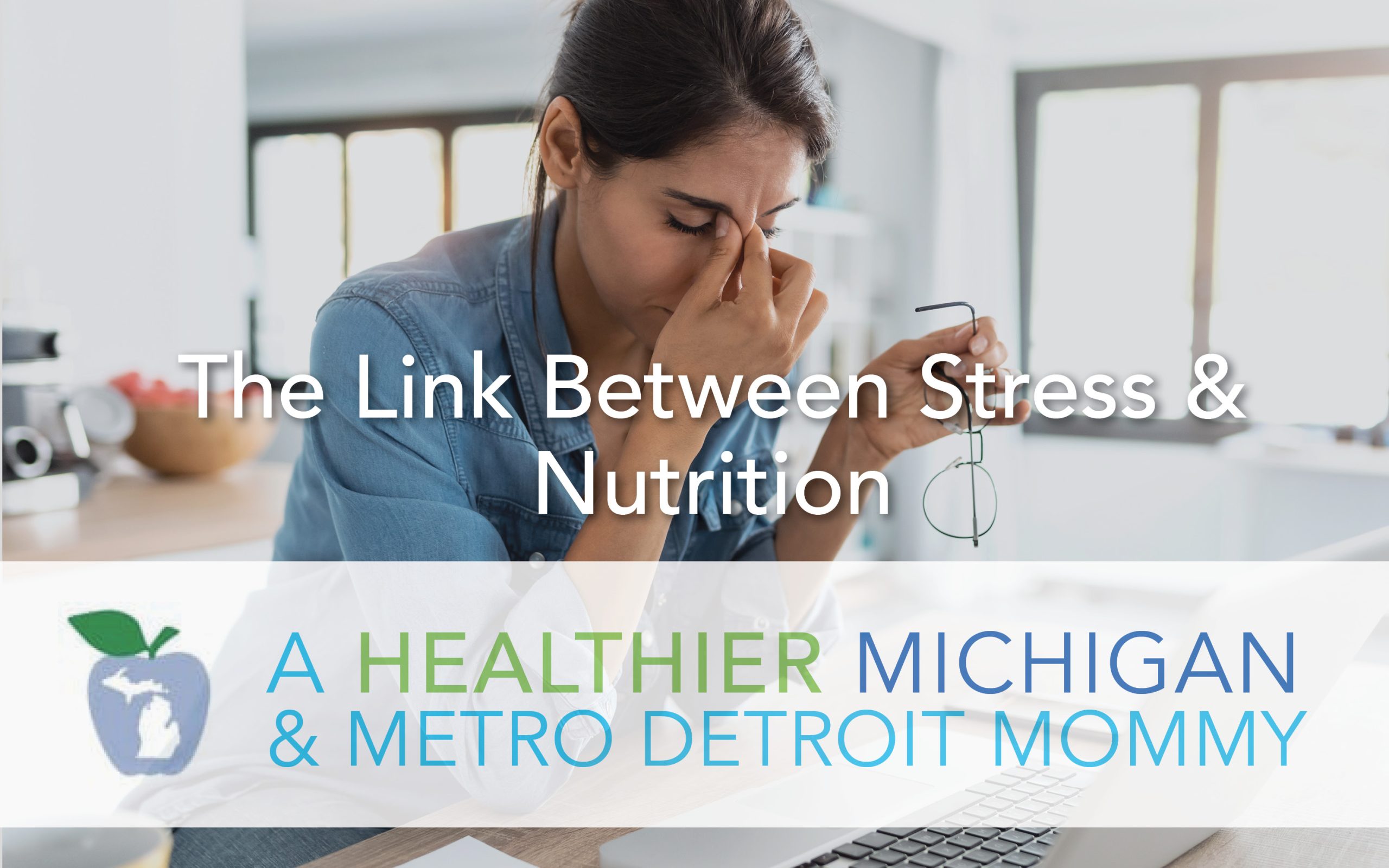More than 102 million American adults have unhealthy cholesterol levels. Because there are no symptoms, many individuals with high cholesterol remain unaware that they carry a higher risk for heart disease, high blood pressure, Type 2 diabetes and other chronic conditions. September marks “National Cholesterol Education Month”, a month devoted to informing the public on how to monitor and manage healthy cholesterol levels.
- “Bad” Cholesterol: LDL is known as the “bad” cholesterol because too much in the bloodstream can narrow and clog arteries, increasing the risk for heart disease, obesity and other chronic conditions. Foods with trans or saturated fats, including animal fats, full-fat dairy, butter and lard, may increase LDL levels.
- “Good” Cholesterol: HDL is known as the “good” cholesterol because it carries LDL, or “bad” cholesterol, away from the arteries and back to the liver. There are heart healthy fats that can improve HDL including: avocado, nuts, seeds, olives, fish and foods that have monounsaturated and polyunsaturated fats. Note that even healthy fats should be consumed in moderation.
- Heart Disease: Those with high cholesterol have about twice the risk of heart disease compared to people with lower levels. Stroke, heart attack and coronary heart disease are among the most common threats of high cholesterol.
- Obesity: Body weight has a direct connection to cardiovascular risk factors, including high cholesterol. Losing 5 to 10 percent of weight can improve cholesterol levels significantly.
- Type 2 Diabetes: The American Heart Association reports that there is a link between high cholesterol and insulin resistance, a precursor to Type 2 diabetes.
- Improve Diet: A diet rich in grains, fibers, plant-based fats and lean proteins is crucial when treating high cholesterol. Avoiding high-sodium foods, fried foods and animal fats while swapping fatty oils like butter for olive oil are great for weight loss and managing high cholesterol.
- Get Moving: Physical activity is an effective means of lowering bad cholesterol levels. Adults should maintain about 150 minutes of exercise a week, while children and adolescents are recommended a minimum of 60 minutes per day.
- Quit Smoking: Cigarettes lower good cholesterol and significantly heighten the risk of heart disease. Studies also show that HDL levels tend to increase after a person quits.
- Stay Consistent: Healthy adults are advised to check their cholesterol levels at least once every five years. Those managing high cholesterol should work with their primary health care provider to regularly access the risk for cardiovascular disease and other chronic health conditions.
Our mission is to help everyone in Michigan get healthier from the inside out. This means everything from giving you resources to help you make better decisions about diet and exercise, as well as information on creating and sustaining nurturing communities and successful businesses — everything you need to help create a healthier Michigan.









